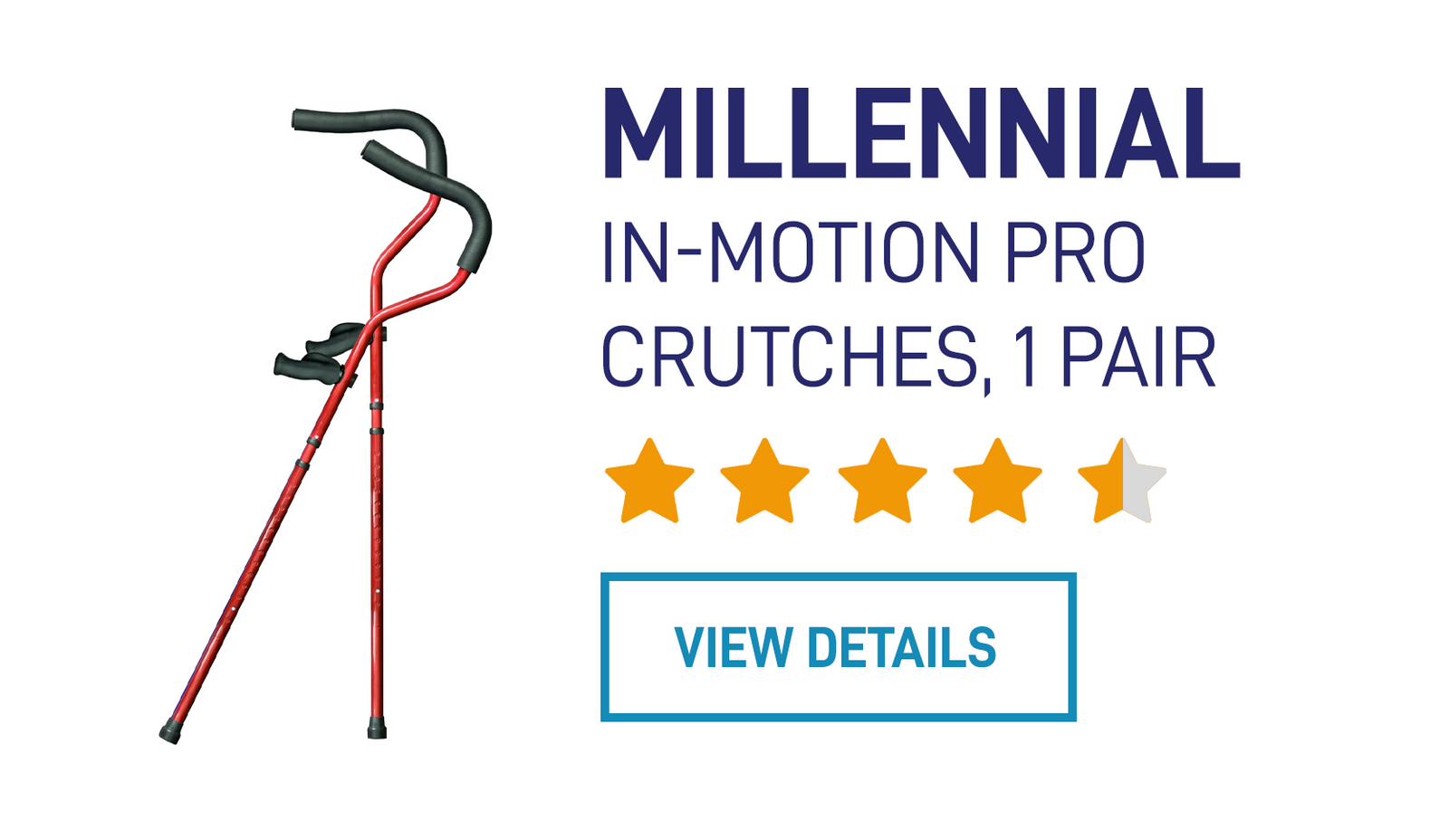Your Cart is Empty
Free Shipping on all orders $99.00 or more.
Menu

Free Shipping on all orders $99.00 or more.
ROLLATORS
Walkers
Crutches & Canes
Transport & Wheelchairs
Accessories
How Aging Changes Your Body Structure and What You Can Do to Fight Back
May 30, 2013 1 min read
Your bones, joints, and muscles provide the basic framework for your body. But this frame may start to change as you age. Joints slowly lose fluid, causing the cartilage to rub together and erode. This leads to stiffer joints. Meanwhile, muscle tissue may begin to atrophy and lose some of its former strength—especially when not used regularly.
Combined, these changes affect how you walk and lead to an increased risk of falling. Since bone density also decreases with age, falling becomes more serious and may cause broken bones.
Although these changes to body structure cannot (at the present) be avoided completely, they can be prevented and slowed down. How? One important strategy is a healthy diet which includes calcium and vitamin D. For some, drinking milk and getting out in the sunlight may be enough. For others—especially postmenopausal women and men over 65—dietary supplements are needed to get enough of these important nutrients.
The other way to prevent bone, joint and muscle changes is getting enough exercise. Even a moderate exercise program will help you keep your strength, balance and flexibility. Consult with a doctor to see what type of exercise program fits your abilities and needs.
And of course, if you experience any changes in how you walk or loss of balance—don’t risk a fall. Consider getting a mobility device so you can move around safely and freely.
Subscribe
Sign up to get the latest on sales, new releases and more …
{"themeColor":"#5273b8","iconColor":"#5273b8","showLogo":true,"topBottomPosition":0,"rightLeftPosition":0,"iconSize":"large","iconCustomSize":60,"position":"middle-right"}



